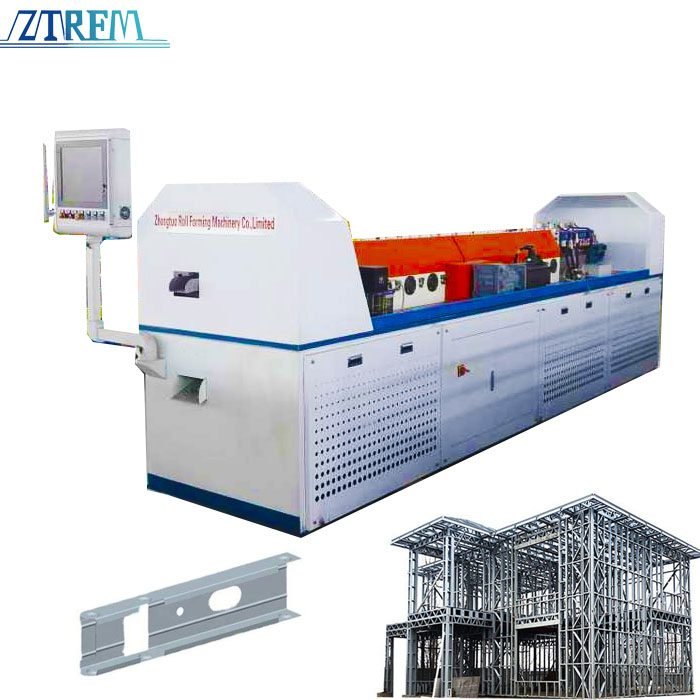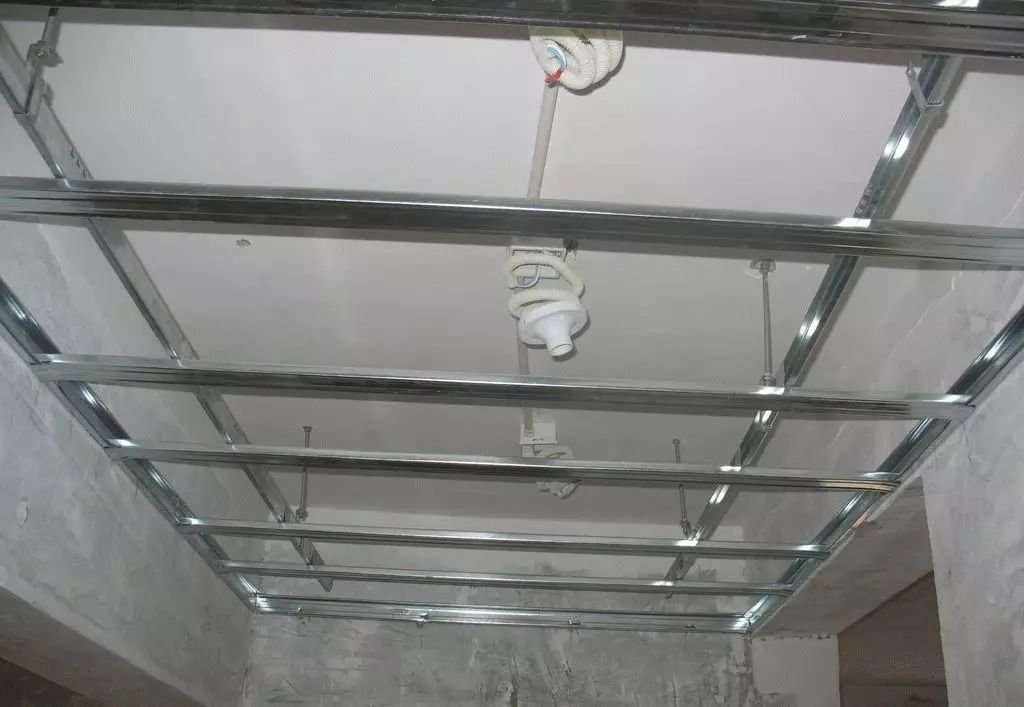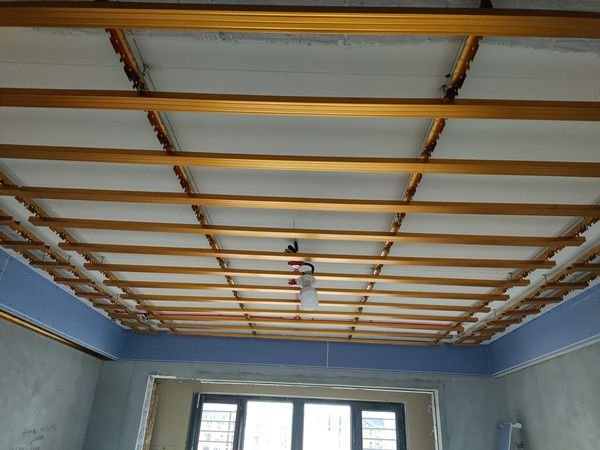In modern construction and home renovation, both light steel keel and wooden keel are commonly used materials. As international clients increasingly demand faster construction timelines and improved transport ability, many have shifted from traditional wooden keels to light steel keels. Below is a professional comparison of these two keel materials to help you understand their characteristics and applications:

1. Material Composition
- Light Steel Keel: Made from high-strength steel plates, light steel keels offer excellent compressive and bending resistance, making them widely used in modern construction.

- Wooden Keel: Made from natural wood, wooden keels provide good workability and traditional aesthetic appeal.

2. Weight Comparison
- Light Steel Keel: Lighter than wooden keels, light steel keels are easier to transport and install, making them ideal for large-scale construction projects.
- Wooden Keel: Heavier in weight, wooden keels incur higher transport and handling costs, leading to longer construction timelines.
3. Strength and Durability
- Light Steel Keel: Offers higher strength and durability, is resistant to moisture, rot, and deformation, and is suitable for use in harsh environments such as humid or windy areas.
- Wooden Keel: While strong, wooden keels are susceptible to environmental factors, such as moisture absorption, decay, and deformation, which affect their long-term durability.
4. Manufacturing Precision
- Light Steel Keel: Manufactured with advanced techniques, light steel keels have high precision and minimal size variation, ensuring accurate and stable installation.
- Wooden Keel: Due to natural wood properties and quality variations, wooden keels have lower manufacturing precision, making them less consistent in size and shape.
5. Application Range
- Light Steel Keel: Suitable for a wide range of interior and exterior wall and ceiling applications. It is especially popular in modern buildings, including commercial, industrial, and residential projects.
- Wooden Keel: Primarily used for interior decoration, such as wall hangings, wooden flooring, ceiling panels, and furniture, often found in traditional or high-end residential settings.
